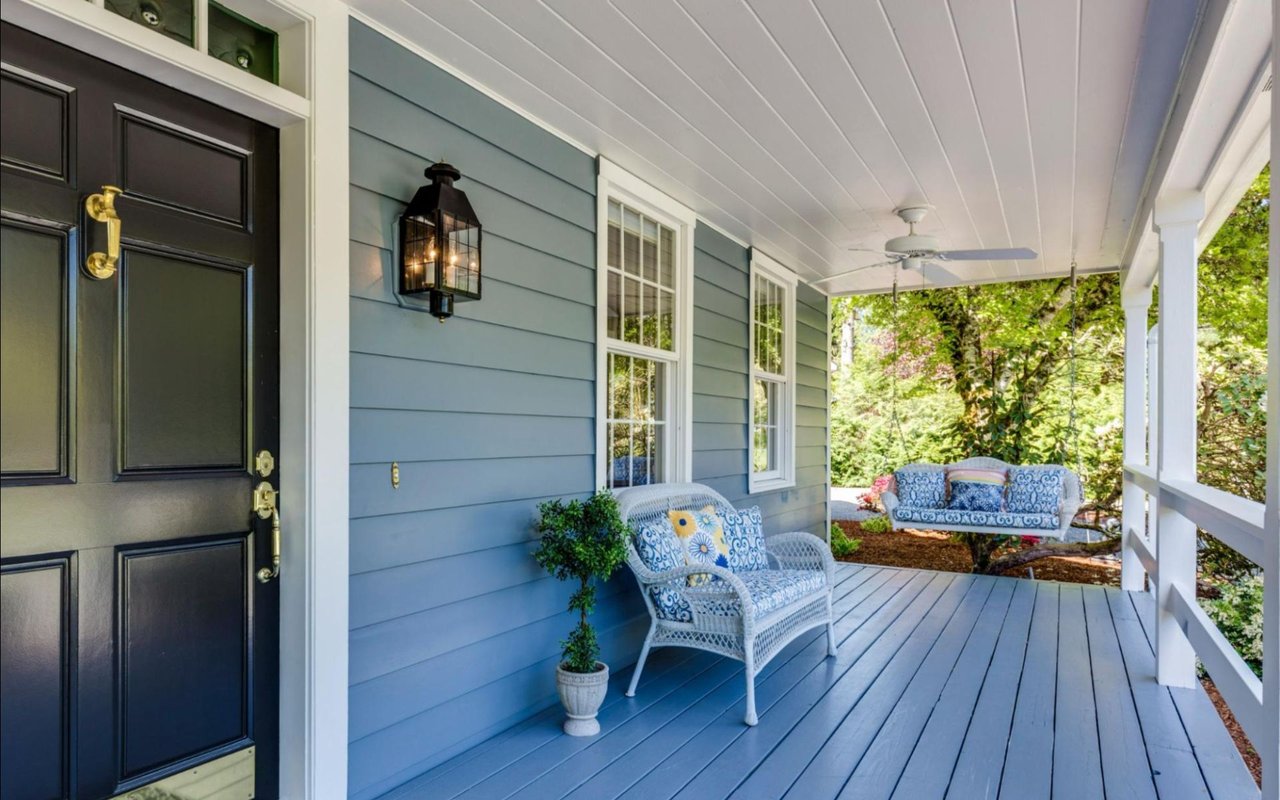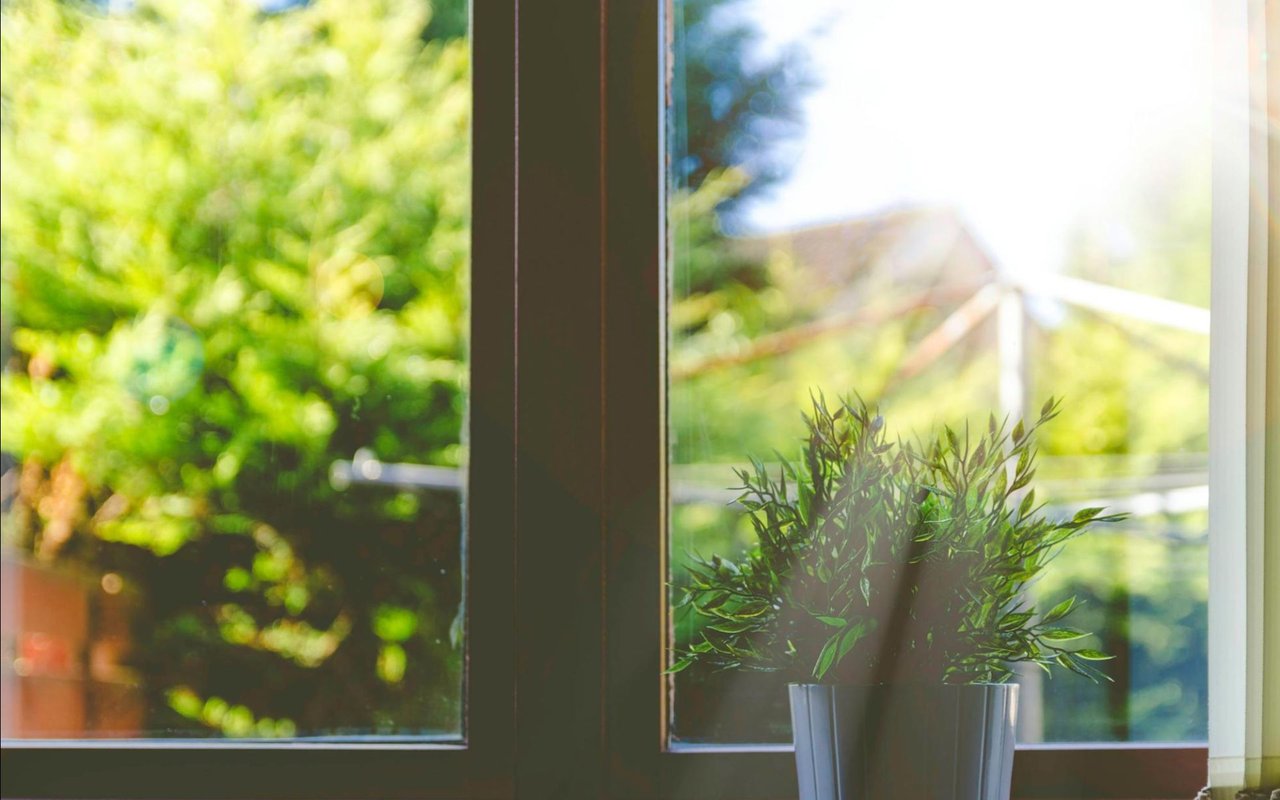Not all homes age the same, and in a market like Ocala, the age of a house can carry more weight than you might expect. From charming historic bungalows to newly built estates in gated communities, age plays a key role in determining both market appeal and resale value. So, does the age of a house affect its value? The answer isn’t as simple as you might think.
Why Home Age Matters in a Market Like Ocala
Ocala’s housing market is unique in that it blends Southern charm with rapid modern growth. You’ll find century-old homes in historic neighborhoods, mid-century ranches in established subdivisions, and brand-new construction popping up in master-planned communities. Buyers here appreciate variety, but they also want to know what they’re getting into.
When considering a home’s value, it’s important to look beyond surface-level assumptions. A house built in the 1950s might be move-in ready with thoughtful renovations, while a home from 2005 might need major systems replaced. In other words, age alone doesn’t determine value, but it plays a major role in how buyers and appraisers see the property.
Pros and Cons of Older Homes
Older homes, especially those located in areas like the Historic District or Southeast Ocala, often come with character you can’t replicate in new builds. Hardwood floors, original fireplaces, and detailed moldings create a sense of charm and craftsmanship. In many cases, older homes also sit on larger lots and have mature landscaping that takes decades to grow.
However, these benefits can come with trade-offs. Buyers may face outdated plumbing or electrical systems, roofs approaching the end of their lifespan, or insulation that doesn’t meet modern energy standards. Renovations can add value, but they also add costs and time.
So, does the age of a house affect its value when it’s older? Yes, but how much it affects value depends on the condition, location, and level of maintenance. An older home that’s been thoughtfully updated can actually outshine a newer one in both marketability and price per square foot.
What to Expect with Newer Homes
Newer homes, particularly those built in the last 10 to 15 years in developments like On Top of the World, Heath Brook, or Fore Ranch, tend to attract buyers who prioritize low-maintenance living and modern design. Open-concept layouts, energy-efficient windows, smart home features, and newer HVAC systems are big draws for Ocala buyers.
With these perks often come fewer immediate expenses. You likely won’t need to replace a roof or major appliances anytime soon, and newer homes often come with builder warranties. Additionally, newer homes in Ocala may be more likely to meet hurricane protection codes or have insurance discounts based on newer construction standards.
However, newer isn’t always better. Some new construction homes may be built with cheaper materials or sit on smaller lots. Landscaping is typically less mature, and architectural uniqueness can sometimes take a back seat to uniformity in large subdivisions. Still, for buyers looking for move-in-ready convenience, newer homes continue to command a strong position in the market.
How Age Impacts Appraisals and Buyer Perception
Appraisers look at age as one of many data points when determining a home's value, but it’s always in context. A well-maintained 1970s ranch may appraise just as high (or higher) than a newer home if it has recent updates and sits in a desirable location.
On the buyer side, perception matters. Some buyers worry about the “unknowns” of an older home: hidden repairs, aging systems, or higher insurance premiums. Others are drawn to the solid construction and distinctive style that often comes with older properties. The key is matching the right buyer to the right home, and knowing how to position a property accordingly.
Buyer perception often boils down to how people weigh risk versus reward. A well-maintained home from the 1990s with updated systems can feel far more reliable than a relatively newer property that hasn’t been well-maintained. Buyers aren’t just looking at age; they’re evaluating the overall condition and how much work they may need to put in after closing.
Local Considerations in Ocala
In a market like Ocala, where agriculture, equestrian properties, and retirement living intersect, preferences can shift depending on the neighborhood and the buyer. For example:
- Horse farm buyers often prioritize land, barns, and usable acreage over the age of the main home.
- Retirees moving to 55+ communities may want the latest finishes and low upkeep, giving newer homes an edge.
- Investors may look at older homes as opportunities for renovation and resale, especially in up-and-coming areas.
Age plays a different role in each scenario, but one constant remains: condition matters more than age alone.
So, Does the Age of a House Affect Its Value?
In short: yes, but it’s not the only factor. In Ocala’s diverse housing market, the age of a home influences value by affecting buyer expectations, maintenance needs, and perceived risk. However, well-maintained older homes with updates can compete strongly with newer builds, and newer homes that lack upkeep may fall short.
What truly determines value is how well the home aligns with current market demand, and that’s where working with a local expert makes a difference.
Looking to Buy or Sell? Let Next Generation Realty Guide You
If you're considering buying or selling a home in Ocala, it pays to have someone on your side who understands the local trends. From evaluating upgrades in a 1980s ranch to comparing recent comps in a new development, a seasoned real estate agent can help you make informed decisions.
Ready to take the next step? Connect with Next Generation Realty to discuss your goals and learn how age, condition, and neighborhood dynamics affect your home’s true value. Whether you're upsizing, downsizing, or investing, they’re here to help you navigate the market with clarity and confidence.



